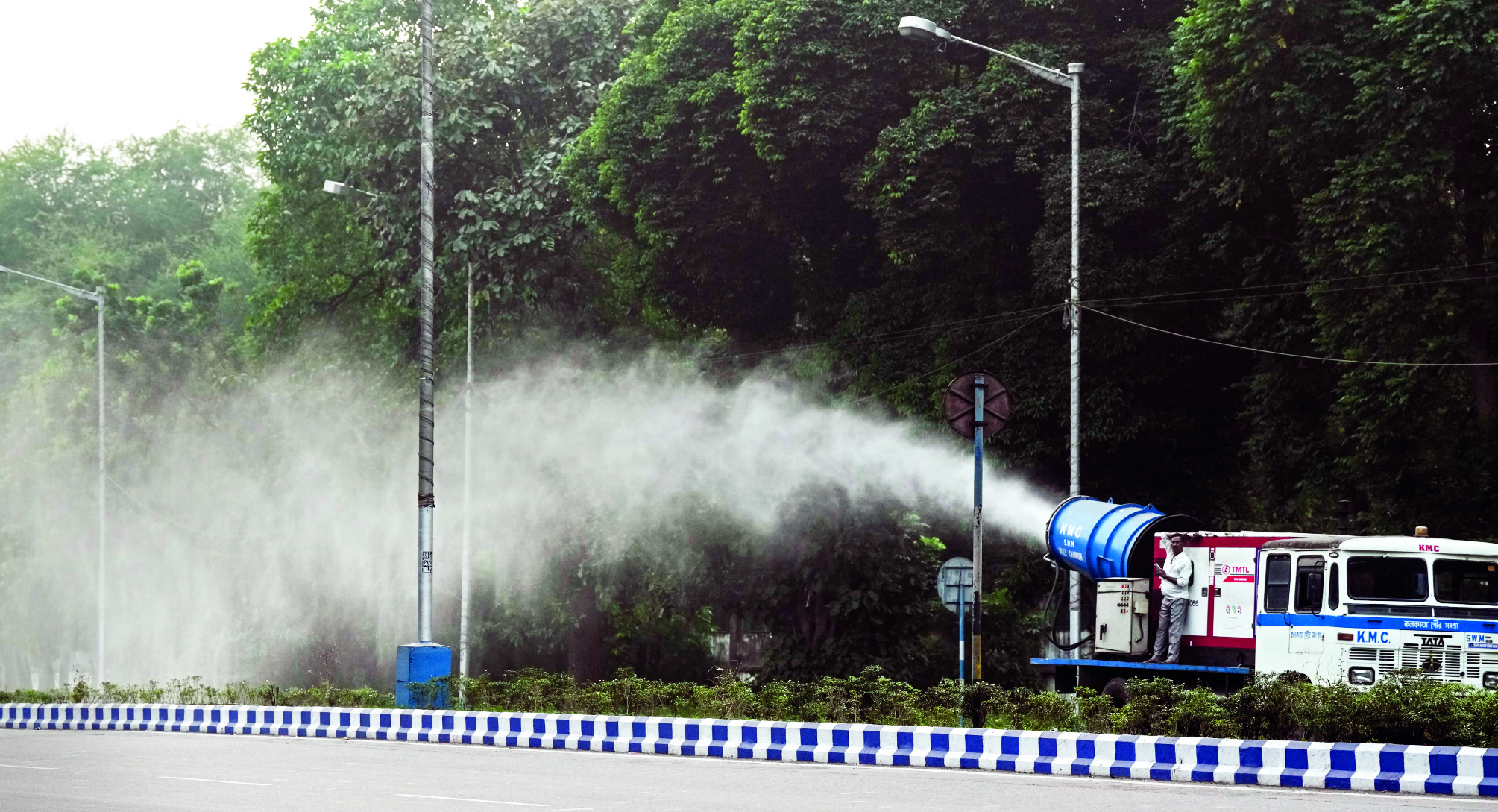Deteriorating air quality during winters in Kolkata raises health concern

Kolkata: At a time when the air quality index (AQI) in Kolkata is deteriorating, raising health concerns, a recent study suggests that regional airshed management could help mitigate these external sources of pollution and help achieve cleaner and healthier air for its residents.
Kolkata’s air quality worsens significantly during the winter months, driven by a combination of meteorological factors and pollution sources from both within and beyond the city limits, including vehicular pollution. Data from mid-January 2024 showed Kolkata’s AQI ranged between 195 and 271, consistently placing it in the “unhealthy” to “very unhealthy” categories — posing a heightened health risk — particularly for vulnerable groups, underscoring the need for urgent measures to improve the city’s air quality.
An airshed is a geographic area where air pollution is measured and managed as a whole. It recognises that air pollution doesn’t stop at city or state borders — pollutants can travel across regions.
The study titled “Designating Airsheds in India for Urban and Regional Air Quality Management”, published in MDPI’s Air journal proposes dividing India into 15 regional airsheds, each tailored to address the distinct climatic and pollution patterns of that region. These airsheds include 2 airsheds for the Himalayas, 4 for the Gangetic Plains , 4 for the plateaus, 1 for the desert, 3 for the coastal plains and 1 for the islands.
“Coordinated management across Kolkata and other key areas on the Indo-Gangetic Plain (IGP) could create a positive feedback loop, enhancing air quality and health outcomes for the entire airshed,” said Sarath Guttikunda, lead author of the study and founder of UrbanEmissions.info.
The study identified 11 airsheds as crucial for overall air quality management, with the IGP and the plateau region between the Eastern and Western Ghats emerging as priority areas. The IGP alone, which accounts for 16 per cent of India’s landmass and 41 percent of its population, bears a high pollution burden due to extensive industrial activity, agriculture and energy production.
“While regions like the IGP bear the brunt of industrial and agricultural pollution, contrary to popular belief, in an urban regional airshed, the participating members would include a broad institutional setup, involving urban local bodies (ULBs), state officials, ministries and regional stakeholders. This larger collaboration is essential to addressing shared air quality issues in cities like Kolkata,” Guttikunda said.
The study concludes by recommending the establishment of a national system that integrates both regional and urban airsheds under a centralised air quality management framework.



